Everything you need to know about basil, including how to grow it, store it, and what the different varieties of basil are!
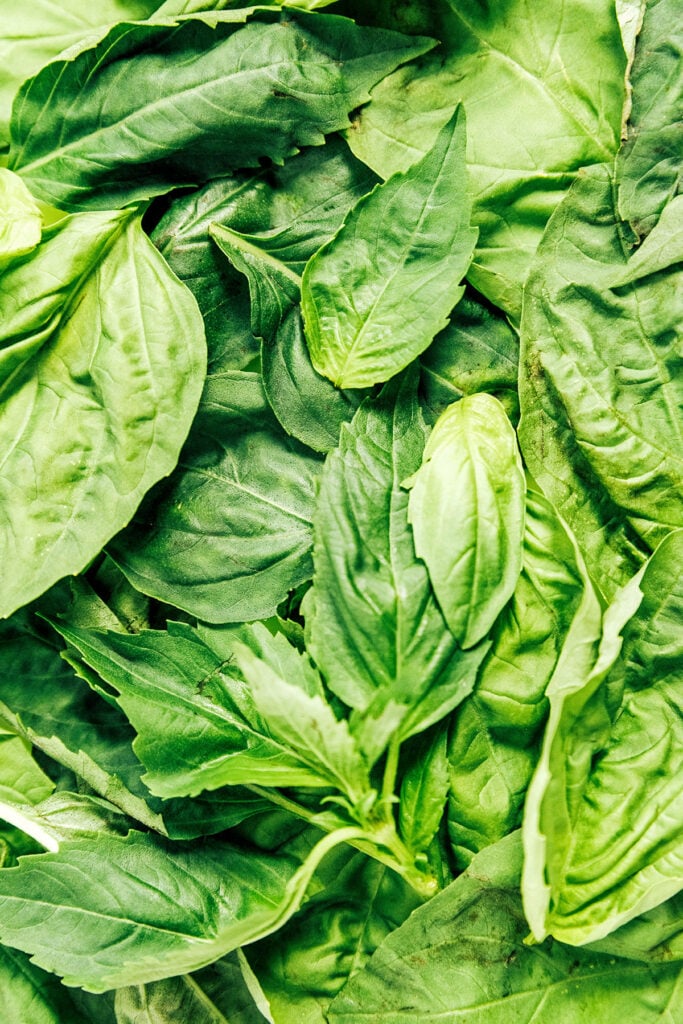
Basil was my gateway herb into the world of herbs. Why? Well, it goes with everything (almost). Basil is a leafy green herb that is often used in cooking. It has a strong flavor and aroma, and is commonly used in Mediterranean and Thai cuisine!
Basil is a rich source of antioxidants, which can help protect the body against harmful toxins. It also contains vitamin A and C, as well as other essential nutrients.
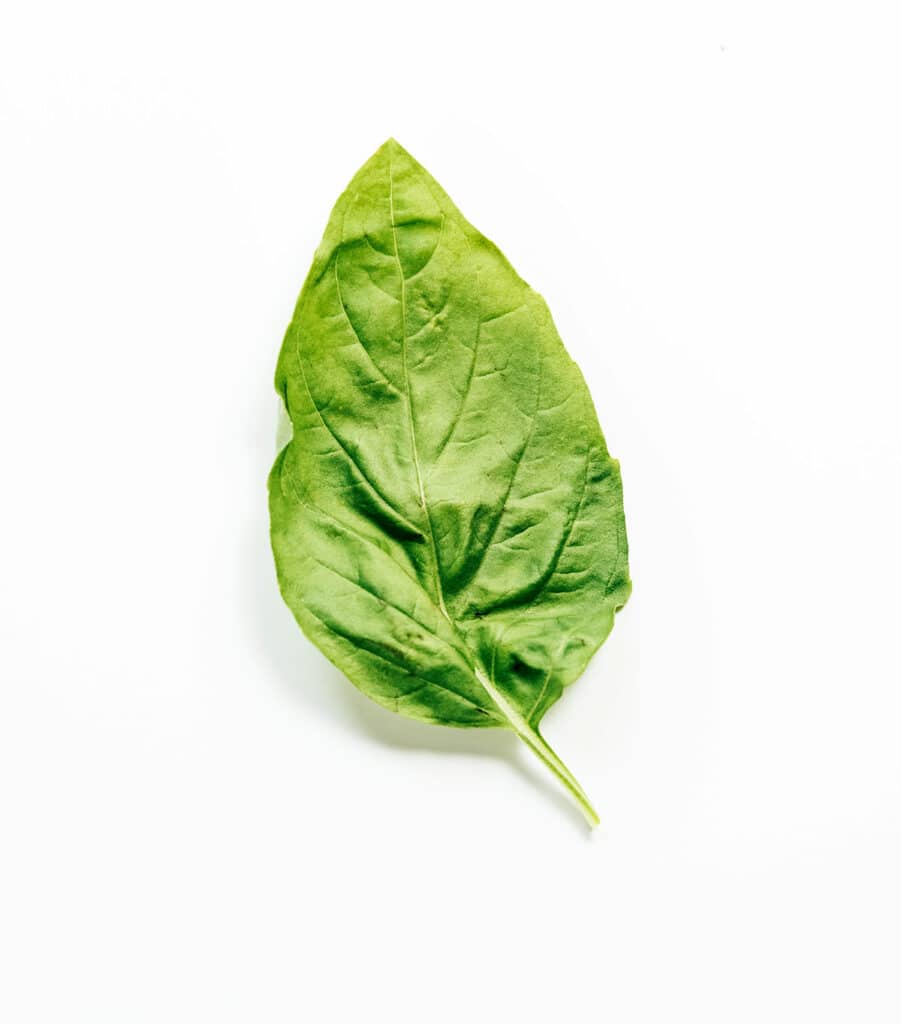
Varieties of basil
Basil is a popular herb that is used in a whole array of dishes. There are many different varieties of basil, each with its own unique flavor!
Sweet: If you’re from North America or Europe, you’re probably used to seeing this variety. It’s very common in Italian dishes, and sometimes goes by “Genovese Basil”, in tribute to Genoa, the birthplace of pesto.
Thai Sweet: This variety is pretty distinct from Sweet Basil, with strong and spicy hints of anise (licorice). To spot this one in the grocery, look for the purple stems! Thai basil is a great addition to most Thai-inspired curries, like this Thai Green Curry.
Holy (or Hot): Originally from India and Southeast Asia, this variety has a spicy clove taste, and is often used to treat common colds and coughs. In Thailand, it’s used in Hot Basil Stir Fry, a foolproof dish I found on just about every menu when I was there!
Lemon: Another basil variety of Southeast Asian descent, this one packs a pop of lemon.
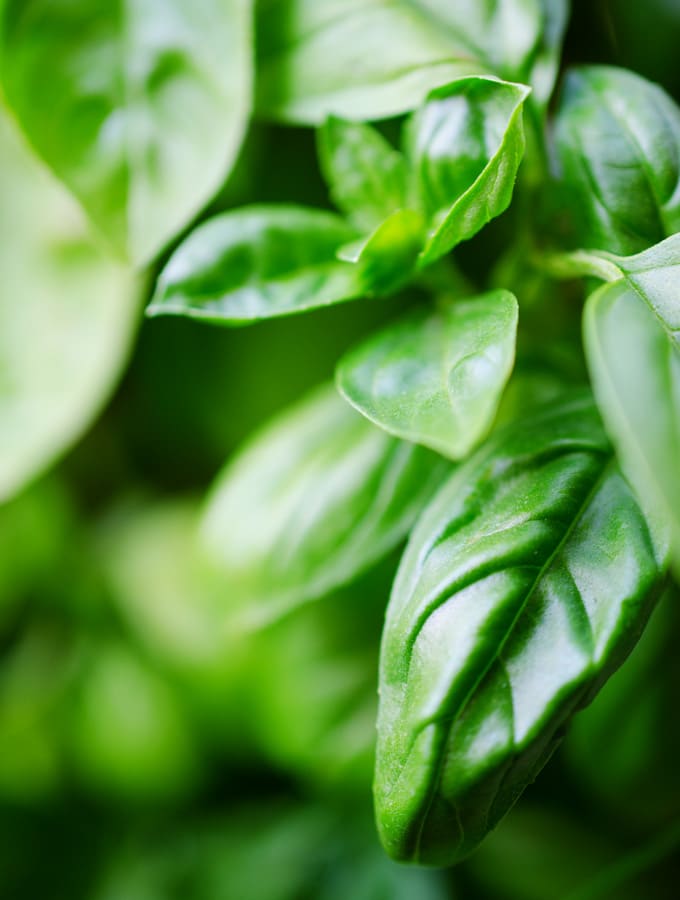
How to grow basil
Whatever the opposite is of having a “green thumb”, I have that. And even with my lack in ability to keep any greenery alive, basil always persists. I’m a huge advocate for growing basil at home. With just a snip you have a fresh, zesty addition to your meal!
It’s happy when: it gets at least 6 hours of sunlight, it isn’t cold (bring it inside/cover if it’s cold or windy), it gets water when soil is dry to the touch, it has about 12 inches of room to grow.
To harvest: pick as you need it, snipping just above the point where two leaves meet. If you’re not going to eat the flowers, pick them off so your basil can focus its growing powers on making leaves.
How to store basil
If you have basil stems that have been snipped from the plant, set them in a glass of water, like you would flowers, and keep at room temperature until ready to use. If you need to store them for longer than a few days, loosely put a plastic bag over the plant to trap in the moisture.
To keep your basil for months, chop it finely by hand or with a food processor, then mix it with just a touch of olive oil. Spoon into an ice cube tray and freeze, then transfer to a freezer-safe container. When you need it for a heated dish, like soup or stir fry, just pop a cube out and throw it in!
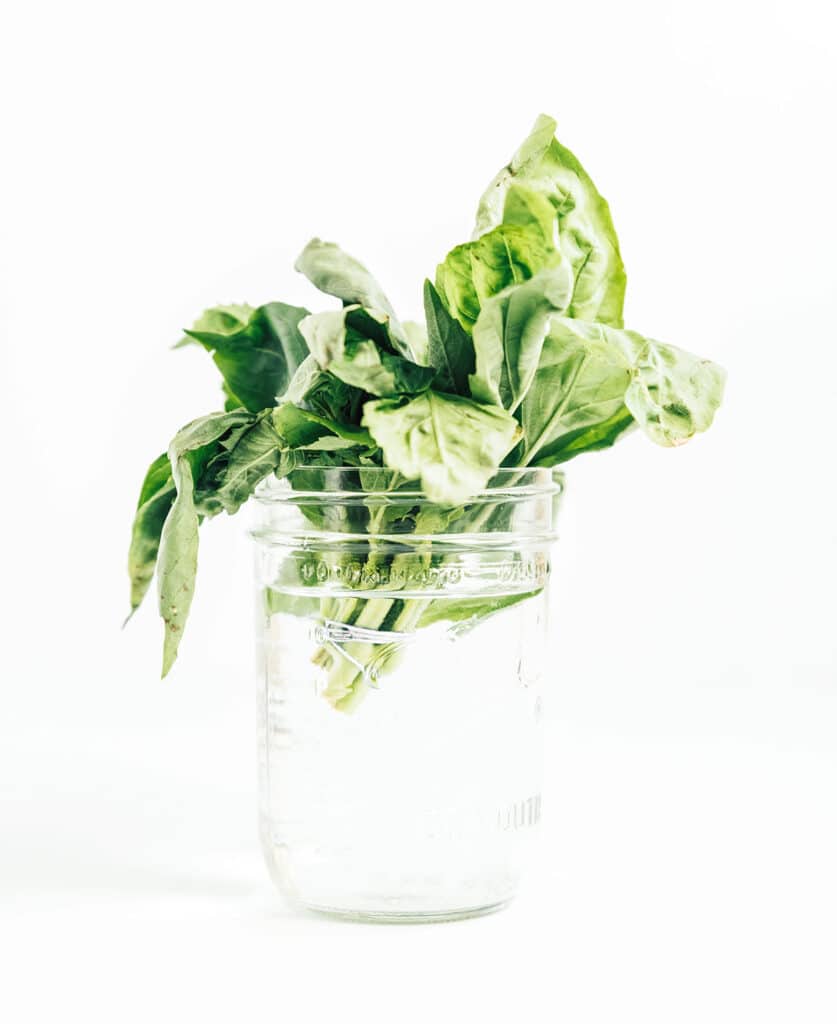
Health benefits of basil
Basil is a medicinal herb that has been used for centuries. It has a wide variety of health benefits, including reducing oxidative stress, improving cognitive function, and fighting cancer. Basil is also effective at treating skin conditions and respiratory problems. In addition, it is a natural insect repellent!
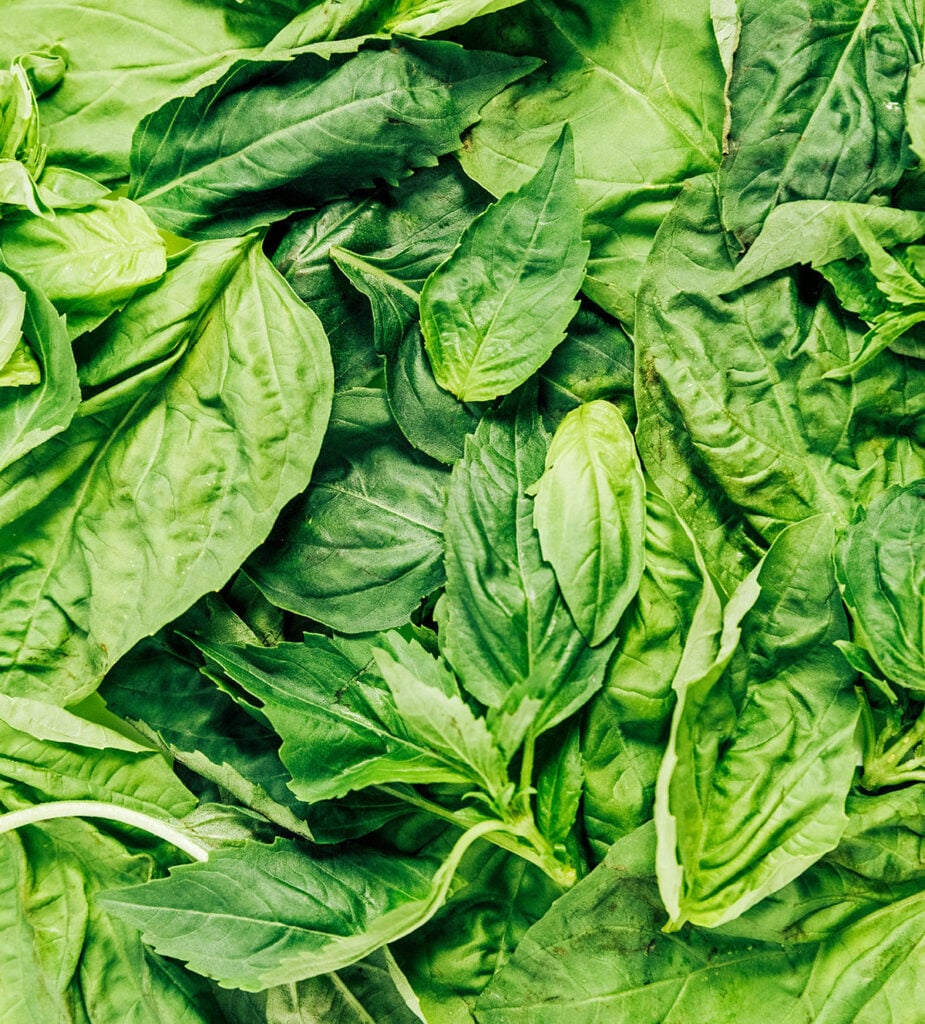
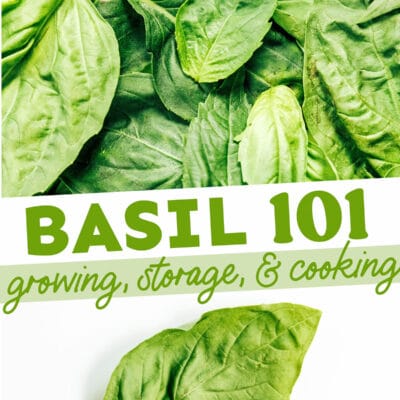
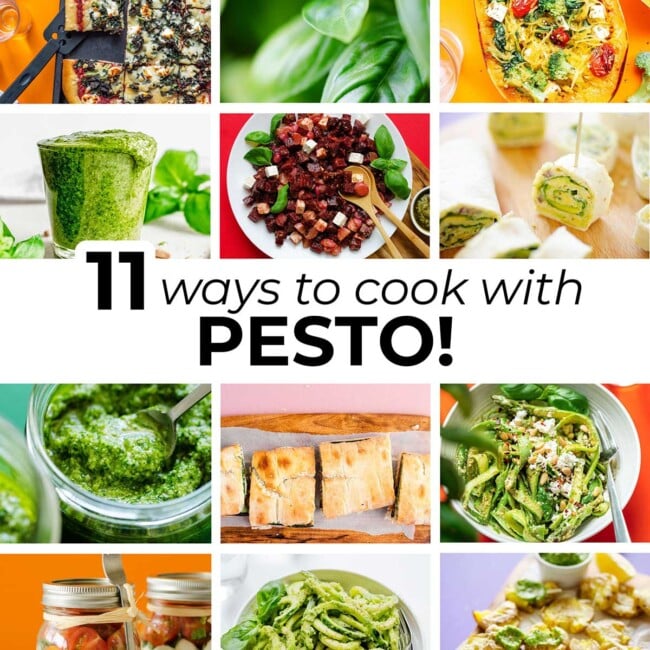
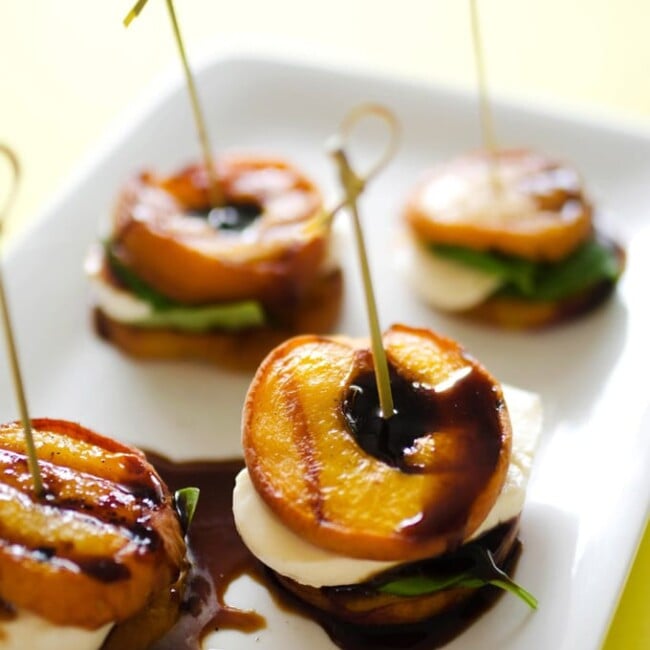
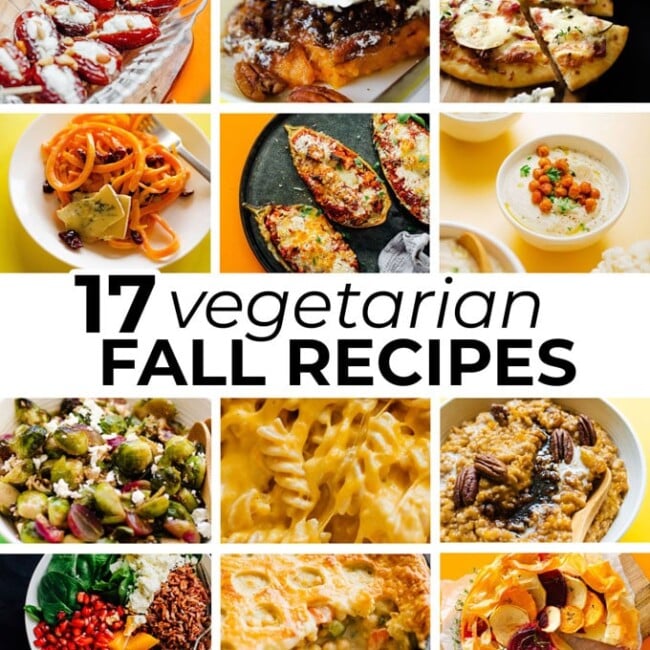
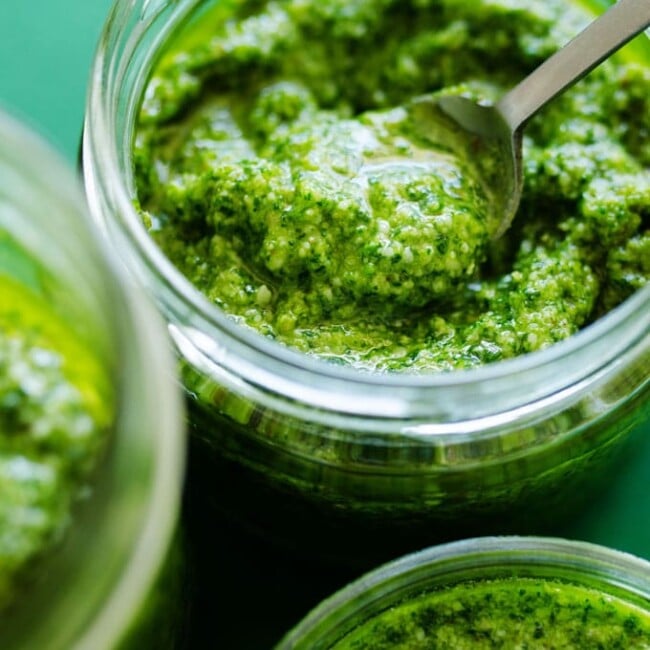
Leave a Comment